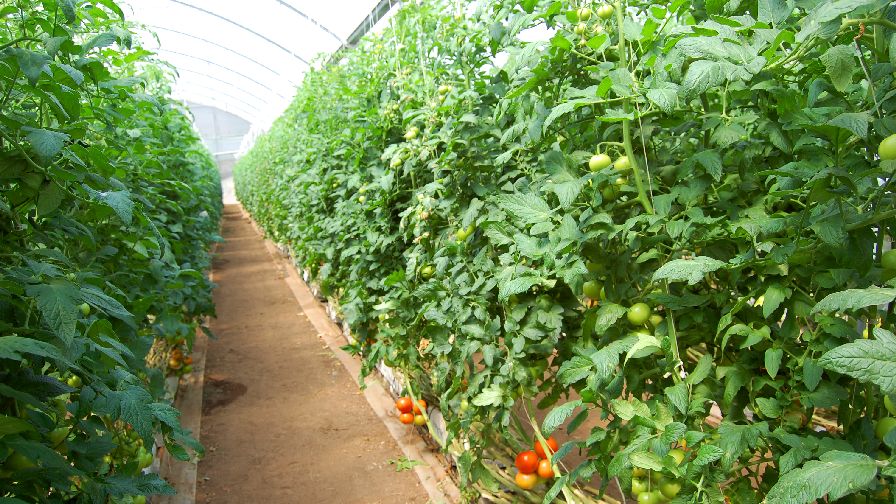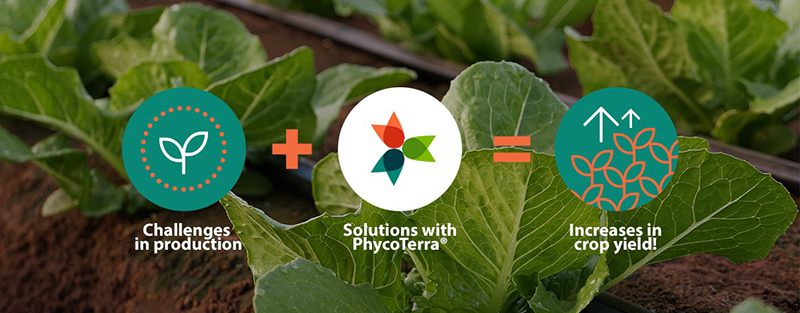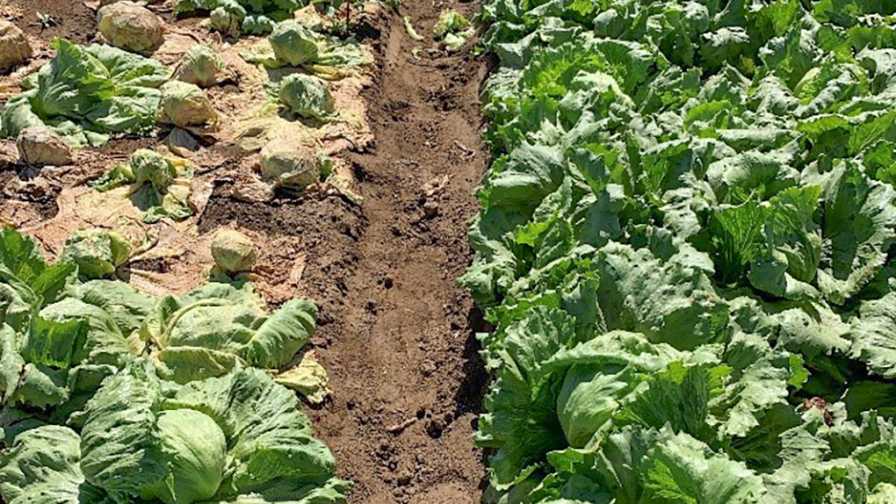5 Questions With Curtis Rainbolt and Rick Kraus

American Vegetable Grower recently had conversations with Curtis Rainbolt, a BASF technical service representative based in Fresno, CA, and Rick Kraus, brand manager for Valent U.S.A. Corp. The discussions focused on topics such as grower disease control needs, resistance issues, and new products in the pipeline. What follows are the questions we asked of Rainbolt and Kraus, along with their responses.
Q1. What are the key attributes crop protection companies look for when developing fungicides for fruits and vegetables, and how do those attributes relate to grower needs?
Rainbolt: There are two key attributes. No. 1, performance. No. 2, ideally a new mode of action or bringing a current mode of action into a new crop. Improved performance allows the grower to maximize the potential yield and quality of their crop.
Bringing a new mode of action to a crop allows the grower to effectively practice resistance management. That’s basically how we evaluate a product. Does it bring a new level of performance, and does it fill a need that’s out there?
Kraus: We go out into the marketplace to talk about stewardship related to the use of all materials. That really relates to making sure growers use the right fungicide for the right reasons, focusing on preventative applications, using maximum rates, using shorter spray intervals, and rotating the class of chemistry. When growers do that it prolongs the life of the existing materials in the marketplace, whether they are our materials or our competitors’ materials. The real focus is to make sure that we have materials available to the grower in his toolbox for a long period of time.
Q2. What are growers saying is most important in disease control?
Kraus: The biggest thing a grower is looking for is material that provides excellent oomycete control. That relates to downy mildew, whether it is in cucurbits or other vegetables, and p. capsisi or phytophthora in fruits and vegetables. Phytophthora has been a disease that has really increased in recent years due to environmental conditions.
Growers have done a really good job staying ahead of the curve and are on a program approach in preventing these diseases. The thing that gets difficult is that if the grower gets caught up in a ‘catch-up’ or ‘curative’ opportunity.
Rainbolt: The most important thing to the grower is having fungicides that perform at a high level and consistently deliver a return on investment. Many current products are effective, but there is always room for improvement. That’s why BASF is always working to develop new and better products.
Q3. Because resistance is such an issue, how can you stop or discourage growers from over-using a new effective product?
Rainbolt: The best way is to offer multiple tools that are effective. If a grower is in a tough situation, and only has one effective fungicide they may be forced to repeatedly use the product in order to save their crop. Beyond that, we do make label restrictions. One important part of practicing resistance management is to understand that different trade names don’t necessarily mean a different mode of action. When developing a resistance management plan, it’s important to use fungicides that have different FRAC (Fungicide Resistance Action Committee) codes.
Kraus: It literally starts at the writing of our label. We have language on our label referring to what is the best approach to manage resistance. We also reinforce that with our advertising. We try to address resistance in our informational sheets, as well. This is something we talk about as we move forward to sell our chemistries.
The other thing, as we work with the universities from a testing perspective, is to provide the best choices to assist growers with rotating classes of chemistries and also managing resistance. There are not a lot of new classes of chemistry coming to the marketplace so we all have to do a great job to prolong the life of the existing chemistries we have so growers have the tools they need to manage disease.
Q4. What types of products does your company have coming down the pike?
Rainbolt: In the near future, BASF hopes to bring both Xemium and Initium fungicides into vegetable crops. Both are new chemistries that will bring a higher level of performance to growers. Xemium has activity on a broad spectrum of diseases and we anticipate registration in a broad range of crops. We are very excited about them.
Kraus: In the next two or four years we hope to have three or four new molecules coming out, one of which is a brand new novel mode of action. The others have a mode of action or are in a class of chemistry that already exists in the marketplace.
I’m pleased to say that even beyond that in the next five or six years we’ve got another three or four new molecules coming. What makes it tough is that when you get five or six years out, some of the molecules don’t make it, for business or regulatory reasons. So we are cautiously optimistic as we move forward and do the right thing from a testing perspective so the molecule can fulfill its promise as we prepare to launch it.
Q5. Where do you see the disease control segment of the crop protection industry headed?
Rainbolt: It’s very positive. Our company is working hard to bring new products to vegetable growers. Growers can expect innovations from BASF in the future; it’s a real focus for us.
Kraus: When you look at the fruit and vegetable market, there is a very consistent disease environment year after year. What make this so unique are those bad weather years which are having a positive impact related to managing the disease in a heavy pressure environment. What we have to do is make growers very aware of how adjustments have to be made in these unique weather environments.










